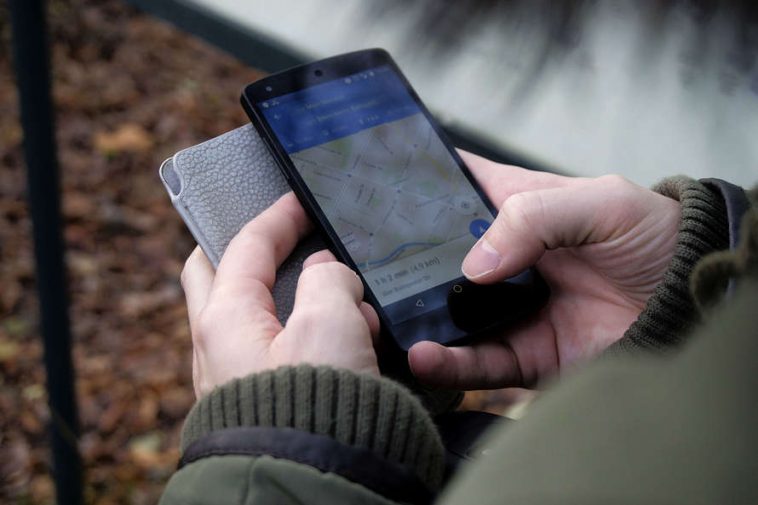Google is one of the Giants in the tech industry that advocates “Go Green”. In its latest development regarding Google’s Maps, the company is developing a mechanism to suggest the drivers opt for the route which has the lowest carbon emission on the streets.
The system will estimate the route on the basis of traffic, slopes, and other factors like signals stop, make of the vehicle, and types of roads. The update is under development and some test cases are already done.
According to the reports from Google’s Alphabet unit, the update will be launched at the end of this year in the US. Later on, it will reach the other countries gradually. This step shows the commitment of the company to combat climate change and its effects on humans. Google is already helping Electric car manufacturers to advance their current systems and make electric cars affordable for ordinary users.
The default routes will be “eco-friendly”, until and unless the users opt out from the default routing. If the alternate routes and significantly faster, the system will give a comparative study of the routes on the basis of estimated carbon emission.
Russell Dicker, Director of this product at Google, said while talking to the reporters,
“What we are seeing is for around half of routes, we are able to find an option more eco-friendly with minimal or no time-cost tradeoff,”
The company has taken help for the data from the US government’s National Renewable Energy Lab (NREL). The road type and grading of the roads data were collected from Street views, aerial views as well as satellite imagery.
This will certainly affect carbon emission, but there are no stats available on the effects of this feature. Although the data set is not huge but the study was conducted on 20 people using these features and opt for the routes which have the lowest emission of carbon in the air.
The features also include additional warning indications for the drivers about low emission zones. Some of the countries like Germany, France, the Netherlands, Spain, and the UK have restrictive zones for high emission vehicles. Maps app users can now compare cars, biking, public transit, and other options on a single screen.
The question here is why the drivers of third-world countries will choose the long route instead of caring for the environment?
Let’s hope this initiative will make this world a better place to live in for us and for generations to come.





